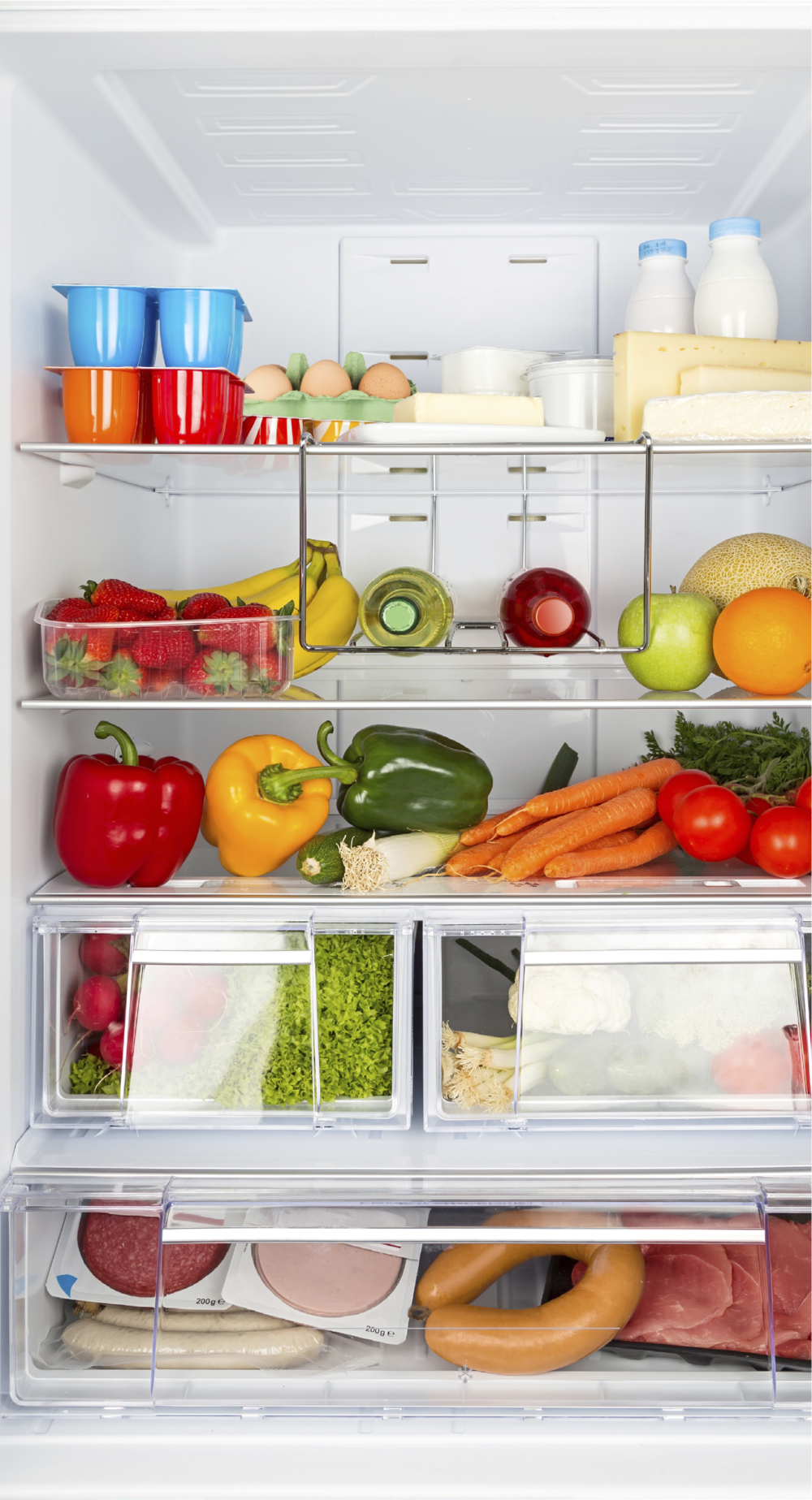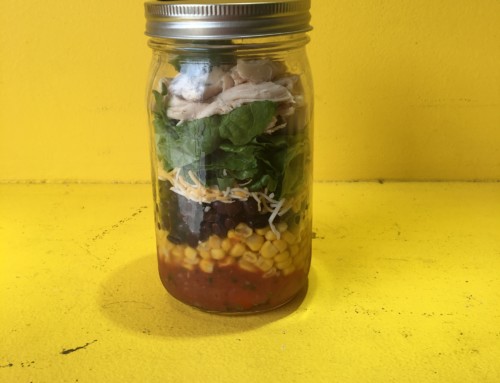March is National Nutrition Month. Our campaign topic this year is “Go Further with Food” – a message that is near and dear to my heart and I hope after reading this article you will become a passionate food conservative as well! I’ve condensed powerful statistics and information for you from an article by the American Academy of Nutrition and Dietetics that paints a very clear picture of the food waste we experience in America along with practical tools you can use to make a difference.
While food waste happens along the entire food supply chain, consumers tip the scales as the leading contributors of wasted food in developed countries – throwing away an estimated 15%-25% of all food purchased. There are many contributing factors, including purchasing too much food, confusion over spoilage dates (best by, use by, sell by, etc.), lack of knowledge when preparing foods, confusion over when food is ripe, seasonal factors, uneaten leftovers, and throwing away food that is still safe to eat. The primary food groups consumers waste are seafood (33%), fruits and vegetables (28%), grains (27%), and milk (17%). Wasted food is the single largest component of our landfills, with the greatest contribution coming from consumers.
In 2013, over 49.1 million children, seniors, and adults were living in food insecure households, meaning at some point, they did not have access to a stable food source. With so many Americans lacking access to adequate amounts of food, preventing wasted food and diverting unused food to those in need could significantly improve food security in the United States.
Alice Henneman, Nutrition Educator for the University of Nebraska-Lincoln Extension, teaches clients regularly on how to reduce wasted food. Alice states, “Preventing food waste saves money and resources. Resources used to produce uneaten food include: fertilizer, cropland, fresh water consumption and energy consumption. These are six simple things I recommend consumers do to avoid food waste:
- Shop the refrigerator before going to the store. Use food at home before buying more. Designate one meal weekly as a “use-it-up” meal.
- Move older food products to the front of the fridge/cupboard/freezer and just purchased ones to the back. This makes it more likely foods will be consumed before they go bad.
- Take restaurant leftovers home and refrigerate within two hours of being served. Eat within three to four days or freeze.
- Check the garbage can. If the same foods are constantly being tossed: Eat them sooner, buy less of them, incorporate them into more recipes or freeze them.
- If you have several foods that might go to waste at the same time, try adding them to such adaptable recipes as salads, soups, pasta and casseroles.
- Compost scraps, excess food, and peels – this helps create nutrient rich soil and prevents food from rotting in landfills, which creates greenhouse gasses.







Leave A Comment